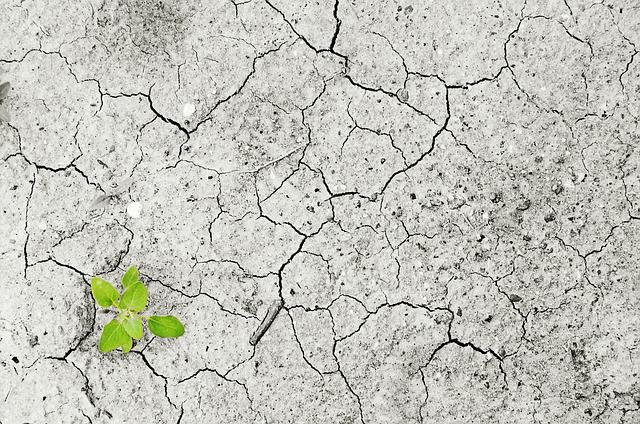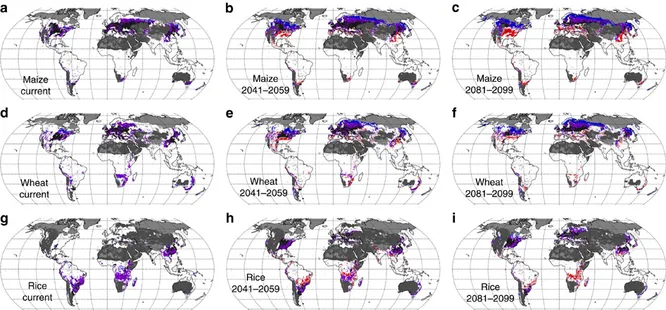Among all the cereals growing on Earth, not all are included in the human diet. Their cultivation and production of food raw materials require a large amount of resources, but the longer global warming continues, the more the areas of those territories that can be cultivated shift.

A new study published in the journal Nature Communications by scientists from the University of Birmingham assesses the likelihood that modern cultivated land will continue to ensure healthy growth and harvest of corn, wheat, rice and other edible crops in the current century. However, taking into account the constantly growing population of the planet, simply preserving land is not enough — we must multiply the cultivated areas in order to adequately increase the amount of food produced.
Observations of scientists have shown that, due to the steady increase in the degree of global warming, the map of cultivated lands is undergoing strong changes. Some areas dry up or become unusable for other reasons indirectly related to the increase in temperature; others simply shift and are transferred to new lands. The eastern part of the USA (where most of the world’s corn is grown), Europe and part of South Africa will suffer greatly over the current century. In the northern latitudes, the forecasts are more favorable: warming not only does not kill crops, but also allows you to grow heat-loving crops where it was previously impossible.

However, the emergence of new agricultural areas cannot fully compensate for the loss of others. A farm is not only land, it requires a developed infrastructure and many other resources: an abundant source of fresh water, pest control equipment, experienced personnel and suitable transport routes. Creating complexes that can provide farmers with everything they need is a time—consuming and very expensive process.
Genetically modified cereals, which are more resistant to high temperatures and arid areas, can probably play an important role in adapting agriculture to climate change. Let’s hope that with the help of science, competent and far-sighted planning, as well as hard work, humanity will still be able to meet its ever-growing nutritional needs before it leads to a crisis.
